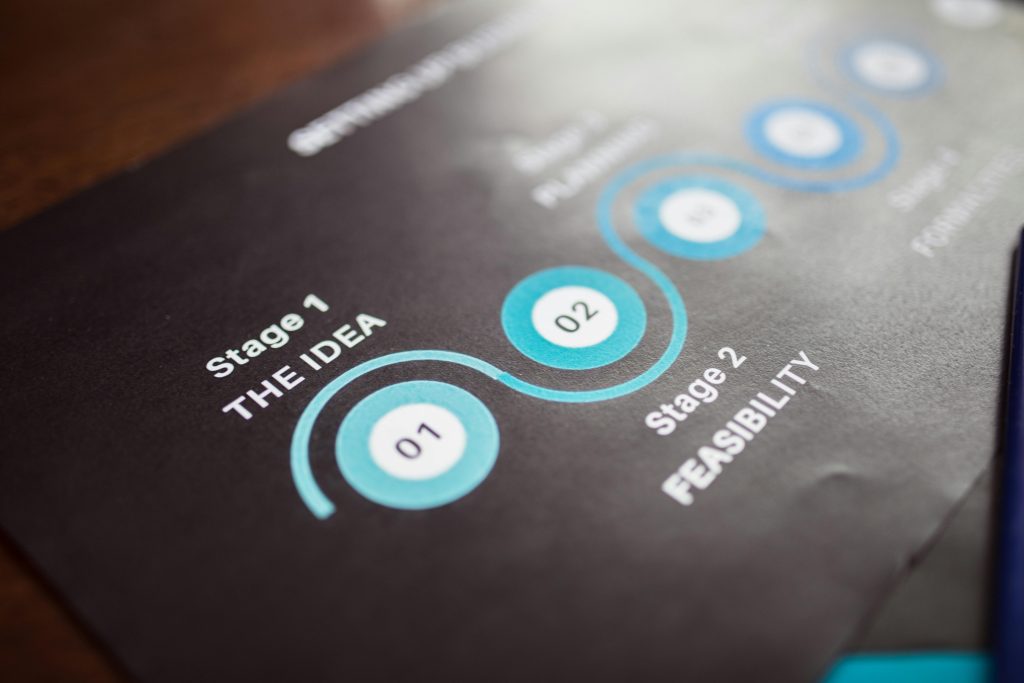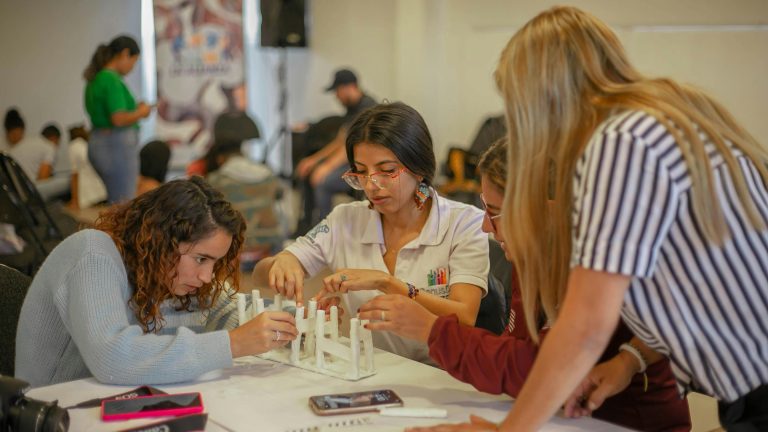Introduction
Resolve—the mental determination to pursue your goals despite obstacles—is a hallmark of high achievers. Yet maintaining that inner drive can be challenging when motivation wanes or setbacks occur. Visualization, the practice of mentally rehearsing desired outcomes and processes, is a powerful tool to bolster your resolve. Athletes, entrepreneurs, and performers use visualization to prime their minds for success, enhance confidence, and sustain persistence. In this guide, we’ll explore why visualization works, outline proven techniques, and provide a step-by-step routine you can adopt today to reinforce your commitment and drive.

Why Visualization Boosts Resolve
Engages the Reticular Activating System (RAS)
Your brain’s RAS filters sensory information and prioritizes what you focus on. When you vividly imagine a goal—whether closing a big deal, crossing a marathon finish line, or mastering a presentation—your RAS makes you more alert to cues, resources, and strategies that support that outcome.
Builds Neural Pathways
Mental rehearsal activates many of the same neural circuits as physical practice. Repeated visualization strengthens these pathways, making desired behaviors feel more natural when you act.
Enhances Emotional Resilience
Visualizing setbacks—alongside solutions—prepares you emotionally for challenges. By imagining adversity and your calm, competent response, you reduce stress and build confidence in your ability to persevere.
Aligns Subconscious and Conscious Goals
Visualization clarifies your “why” and embeds it deeply in your subconscious. This alignment ensures that, even when conscious motivation dips, your deeper drive continues to push you forward.
Core Visualization Techniques
1. Outcome Visualization
What it is: Imagining the end state you want to achieve in rich sensory detail.
How to practice:
- Close your eyes and picture the moment you achieve your goal—see the surroundings, hear any sounds, feel the emotions of success.
- Spend 2–3 minutes per session, ideally upon waking or before sleep.
Example: A salesperson visualizes receiving the signed contract and the handshake, feeling pride and excitement.
2. Process Visualization
What it is: Mentally rehearsing the steps you’ll take to reach your goal.
How to practice:
- Break your goal into 3–5 key actions.
- Imagine yourself performing each action smoothly—preparing materials, making calls, overcoming obstacles.

Example: A public speaker visualizes entering the stage confidently, greeting the audience, and delivering key points with clarity.
3. Adversity Visualization (Negative Visualization)
What it is: Envisioning potential challenges and your effective responses.
How to practice:
- Identify the top two obstacles you might face.
- In your mind, play out encountering each hurdle and calmly executing your contingency plan.
Example: An entrepreneur imagines cash flow tightening and visualizes renegotiating terms with suppliers and securing a bridge loan.
4. Role-Model Visualization
What it is: Adopting the mindset and behaviors of someone who embodies the resolve you admire.
How to practice:
- Choose a mentor or public figure.
- Picture yourself thinking, speaking, and acting as they would in moments of challenge.
Example: An athlete visualizes channeling their coach’s unwavering focus during the final lap of a race.
Step-by-Step Visualization Routine
- Find a Quiet Space: Sit comfortably, free from distractions.
- Set a Clear Intention: State your goal out loud or in your mind (e.g., “I will complete this project on time”).
- Engage in Deep Breathing: Take 3–5 slow, deep breaths to settle your mind and body.
- Outcome Visualization (2 minutes): See yourself succeeding; tap into the associated emotions.
- Process Visualization (3 minutes): Walk through each critical step, imagining flawless execution.
- Adversity Visualization (2 minutes): Anticipate a key challenge and picture your composed response.
- Role-Model Visualization (1–2 minutes): Embody the confidence and resilience of your chosen exemplar.
- Affirmation Closure: End with a positive affirmation aligned to your goal (“I am capable, prepared, and determined”).
Perform this routine daily—morning and evening—to reinforce neural pathways and keep resolve at the forefront of your mind.
Tips for Effective Visualization
- Be Vivid: Engage all five senses—sight, sound, touch, taste, and smell—to make the imagery more real.
- Stay Positive: Focus on what you want to happen, not on fears or failures.
- Use Emotion: Anchor the visualization with strong feelings—pride, joy, relief—that motivate action.
- Maintain Consistency: Short, daily sessions trump sporadic marathon visualizations.
- Combine with Journaling: After each session, jot down insights, ideas, or actions that surfaced.
Real-Life Success Stories
- Olympic Champions: Swimmers like Michael Phelps attributed gold-medal performances to rigorous mental rehearsal of every stroke and turn.
- Business Leaders: CEO Richard Branson credits visualization with helping him launch new ventures confidently amid uncertainty.
- Performing Artists: Actors use process visualization to embody characters, reducing stage fright and enhancing authenticity.

Conclusion
Visualization is a scientifically grounded, accessible technique to sharpen your resolve. By mentally rehearsing success, drilling the process, and preparing for setbacks, you prime your brain to recognize opportunities, act decisively, and persist through challenges. Integrate outcome, process, adversity, and role-model visualizations into a daily routine—complete with deep breathing and affirmations—and watch your commitment to your goals solidify. With practice, visualization will become a powerful ally, ensuring that when real-world obstacles arise, your resolve remains unshakable.









